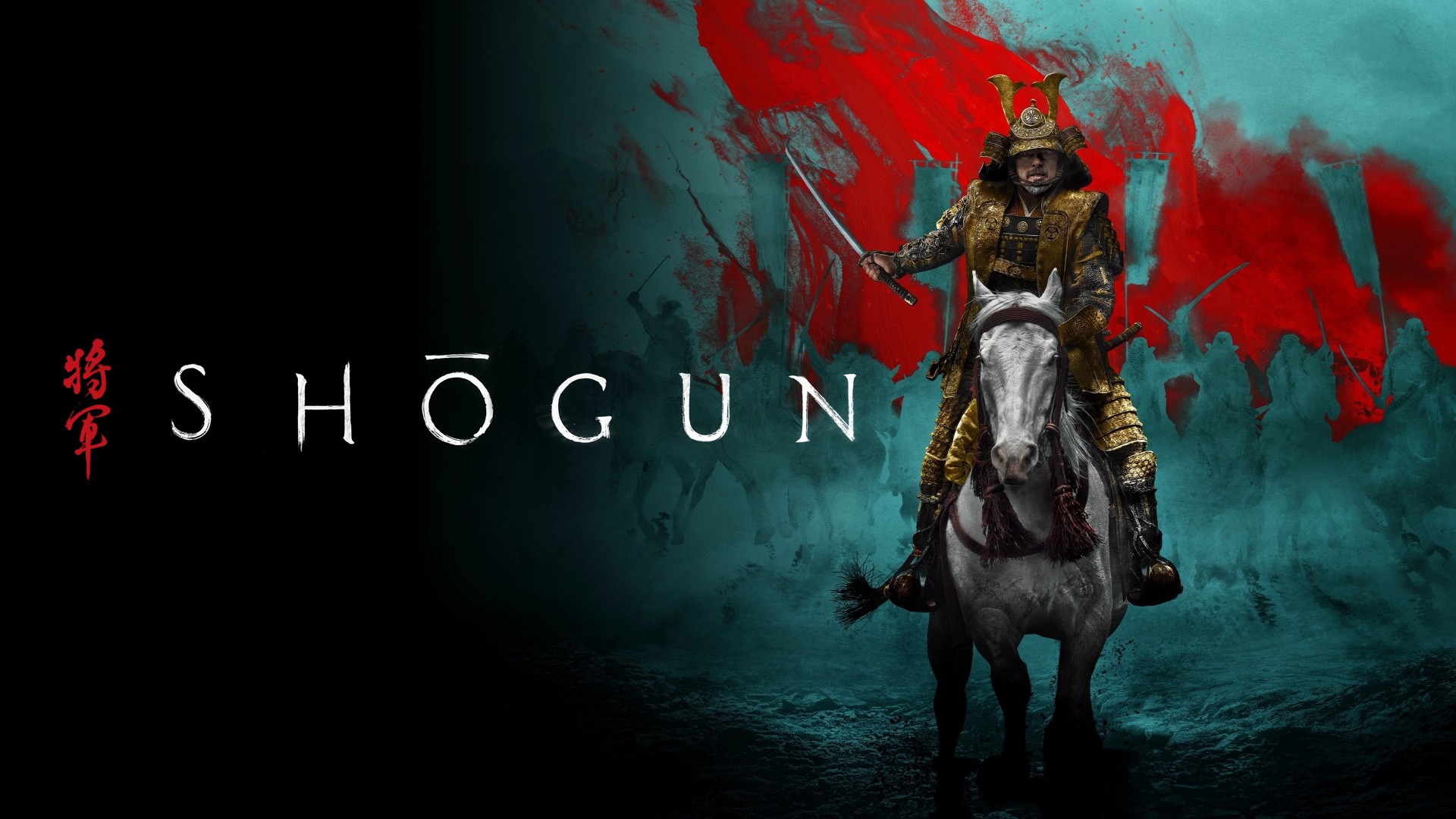
Tachibana Ginchiyo (September 23, 1569-November 30, 1602) was head of the Tachibana clan and an onna-bugeisha from the Sengoku Jidai. She was the only surviving child of Tachibana Dōsetsu, the “Lightning God”. She was an unconventional leader, and one of the few that had an entourage of trained and armed women and is well-known for her solo stance against the Eastern Army during the Kyūshū Sekigahara Campaign in 1600.(1)
When Ginchiyo was born in 1569, her father was the one to personally name her. Ginchiyo’s name roughly means “one who would not listen idly to others”, which became an extremely fitting name as she got older. She rejected much of her mother’s teachings to be a lady, focusing more on martial arts. It is said that Ginchiyo was a stern and strict woman who excelled in communication.(2)
Ginchiyo took over the clan in 1575 at the age of six, inheriting her father’s territory and belongings, namely the sword known as Raikiri (“Lightning Cutter”). Her other siblings died extremely young and because she was the only remaining child, Dōsetsu made her heiress and asked for his retainers to fulfill this promise after his death. She married Tachibana Muneshige, who was Dōsetsu’s adopted son and who would continue the Tachibana line following Ginchiyo. Her father was killed during an attack on Neko’o Castle at the age of seventy-two.(3)
Following her father’s death in 1585, the Shimazu clan attacked the Tachibana’s ruling clan, the Ōtomo in Bungo Province, attacking Tachibana Castle. According to the Ōtomo Family Document, Ginchiyo gave the women firearms and they defended the castle from the Shimazu.(4)
Not long after, Toyotomi Hideyoshi began his conquest of Kyūshū, leading an army of 200,000. The Shimazu Army retreated back to Higo Province, and the Tachibana were eventually forced to flee as a result of Hideyoshi’s campaign. Their clan’s castle fell and was given to Kobayakawa Takakage. The husband and wife duo would eventually join Hideyoshi to help him defeat the Shimazu.(5)
In 1587, Muneshige split from the Ōtomo clan, becoming an independent daimyō. The Tachibana settled in at Yanagawa Castle in Chikugo Province, but Ginchiyo and Muneshige did not see eye to eye on how to run the clan. They already did not like one another and the disagreements on domains and policies only soured their rocky relationship. Despite the fact that Muneshige was now the head of the Tachibana clan, Ginchiyo still influenced the politics and military of the clan.(6)
When Hideyoshi’s campaign of Kyūshū finally came to an end, Hideyoshi returned Tachibana Castle to Ginchiyo, who left to live in her clan’s castle while Muneshige resided in Yanagawa. She managed the clan if Muneshige was absent and was present at the Siege of Odawara Castle in 1590, the battle that would lead to Japan’s reunification under Hideyoshi, at least for a while.(7)
In 1592, Tachibana Muneshige was sent to Korea for Hideyoshi’s invasion and served under Kobayakawa Takakage. Hideyoshi’s command center for the invasion was at Nagoya Castle near Ginchiyo’s Hizen Province. Apparently, Hideyoshi invited Ginchiyo to come to Nagoya Castle several times while Muneshige was away. When she finally accepted, she brought her entourage of armed women, leaving Hideyoshi fearing the onna-bugeisha. Sadly, when the Korean Campaign came to an end, Ginchiyo, who never gave birth, divorced Muneshige and became a Buddhist nun. (8)
The chaos that befell Japan after Hideyoshi’s death even affected Kyūshū. The Tachibana clan allied itself with Ishida Mitsunari, a move that Ginchiyo initially opposed. When the Eastern Army commanders, Kuroda Kanbei and KatōKiyomasa, arrived in Kyūshū in 1600, Ginchiyo defended the Ōtomo clan from the invaders. When they began to lay siege to Yanagawa, she organized her fellow nuns and fought against the advancing army.(9) Whether or not if it was her standing alone in her armor or if she was fighting off the enemy serving as the rearguard for Muneshige, she was able to help her ex-husband escape the battle. The two generals knew Muneshige from their days in Korea and asked the two to surrender and join them in taking down Shimazu Yoshihiro who was heading back to Kyūshū after fleeing Sekigahara. While Muneshige agreed, Tokugawa Ieyasu ordered the campaign to stop, not wanting to go into Kyūshū any further.(10)Despite the fact that both Ginchiyo and Muneshige were pardoned for siding with the Western Army, the Tachibana clan lost their domains. Muneshige did thank Ginchiyo for her help before the two parted ways.
Tachibana Ginchiyo spent the rest of her life living with Ichizō, a local farmer of Tamana in Higo Province. The protection of her clan went to Katō Kiyomasa and the remainder of the clan resided in Tachibana Castle. It is noted from a letter he sent to her with provisions that he respected her as a noble woman. Tachibana Ginchiyo would die of illness on November 30, 1602 at the age of thirty-four. She was laid to rest at a temple in Yanagawa.(11)
Sources
- “Tachibana Ginchiyo”. https://en.wikipedia.org/wiki/Tachibana_Ginchiyo, last visited 8/26/2021
- “Ginchiyo Tachibana”. https://koei.fandom.com/wiki/Ginchiyo_Tachibana, last visited 8/26/2021
- “Tachibana Ginchiyo”. https://en.wikipedia.org/wiki/Tachibana_Ginchiyo, last visited 8/26/2021
- “Tachibana Ginchiyo”. https://en.wikipedia.org/wiki/Tachibana_Ginchiyo, last visited 8/26/2021
- “Tachibana Ginchiyo”. https://en.wikipedia.org/wiki/Tachibana_Ginchiyo, last visited 8/26/2021
- “Tachibana Ginchiyo”. https://en.wikipedia.org/wiki/Tachibana_Ginchiyo, last visited 8/26/2021
- “Tachibana Ginchiyo”. https://en.wikipedia.org/wiki/Tachibana_Ginchiyo, last visited 8/26/2021
- “Tachibana Ginchiyo”. https://en.wikipedia.org/wiki/Tachibana_Ginchiyo, last visited 8/26/2021
- Turnbull, Stephen. Samurai Women 1184-1877 (2014), p. 50
- Turnbull, Stephen. Samurai Women 1184-1877 (2014), p. 52
- “Tachibana Ginchiyo”. https://en.wikipedia.org/wiki/Tachibana_Ginchiyo, last visited 8/26/2021




